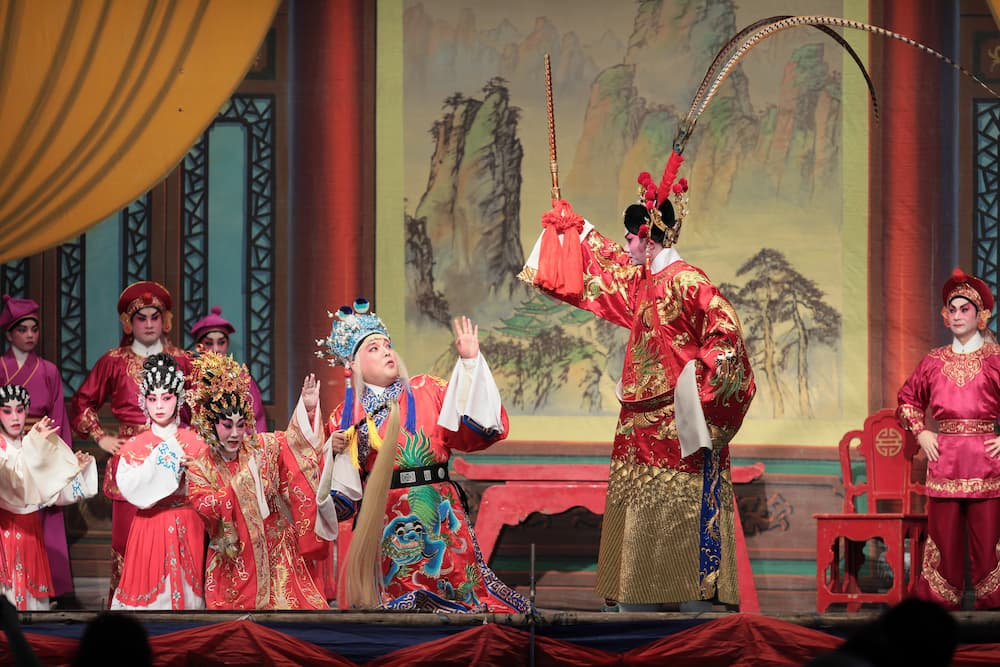
May Fourth Movement
Splendid
Chi Culture
Topic
May Fourth Movement
The May Fourth Movement, which began in Beijing on May 4, 1919, was a patriotic campaign launched by students and supported by workers, merchants, and other working class citizens from various provinces. They used demonstrations, petitions, strikes, and violent actions to protest against the government. Chinese historians consider this movement the watershed separating China’s pre-modern and modern eras.
In a broader sense, the term “May Fourth Movement” also refers to the “New Culture Movement” which occurred between 1915 and 1926. During this period, Chinese intellectuals scrutinized traditional ways and advocated democracy and science (which they referred to as “Mr. D” and “Mr. S,” respectively) as the means to turn China around.
At the Paris Peace Conference in 1919 following the end of the First World War, Chinese delegates demanded the nullification of special foreign privileges in China, the abrogation of the Twenty-One Demands—a series of agreements which Japan had forced China to enter into, and the return of the Shandong Peninsula which Germany had forcibly occupied. Not only were these demands rejected, but Britain, France, and Italy jointly proposed the transfer of Germany’s rights and interests in Shandong to Japan. Under pressure, the Beiyang (Peiyang) government officials at the conference capitulated. When the news reached China, the whole nation was outraged.
On the afternoon of May 4, three thousand students from thirteen schools in Beijing gathered in Tian’anmen Square, pressuring the government to “defend Chinese sovereignty against external aggressors” and “punish internal traitors.” Under banners such as “Cancel the 21 Demands,” “Return Qingdao to China,” and “Punish Traitors,” the students made public speeches, shouted slogans, and petitioned at foreign embassies and the Presidential Palace. The protestors demanded the rejection of the Paris treaty and the punishment of officials such as Cao Rulin (1877–1966), Zhang Zongxiang (1879–1962), and Lu Zongyu (1876–1941) who had compromised national sovereignty and borrowed heavily from Japan.
The indignant students stormed and burned Cao Rulin’s Beijing residence at Zhaojialou. Instead of Cao, who had managed to escape, the students caught Zhang Zongxiang and beat him severely. The protest turned increasingly violent and officials from the Ministry of Education and the police arrived to intervene. The police arrested some students but failed to stop the protest.
This campaign rapidly spread across the country when supporters from all classes lent their backing. When students in Guangzhou, Shanghai, Tianjin, and elsewhere started protesting, citizens and merchants joined them in demonstrations and went on strike.
The esteemed industrialist Zhang Jian (1853–1926), formerly Minister of Agriculture and Commerce under the Yuan Shih-kai government, telegraphed Xu Shichang (1855–1939), Duan Qirui (1865–1936), and other relevant officials to urge the government to determine how to solve diplomatic issues instead of suppressing students. The warlord Wu Peifu (1874–1939), who was allied with military officers in Hunan province, appealed to the government to stand firm on sovereignty issues as the public demanded. Cai Yuanpei (1868–1940), who made great efforts in helping the arrested students, protested by resigning as the president of Peking University after the students were released on May 7.
Meanwhile, merchants in Beijing and Shanghai went on strike and refused to pay taxes in protest against the government; even legalized prostitutes urged people to boycott Japanese products, and contributed as much as they could to the cause. China was roiling as media coverage lent voices to patriotic appeals all over the country.
The May Fourth Movement finally succeeded when Chinese delegates rejected the Paris Peace Treaty on June 28. Although the treaty had not been signed, Japan still occupied Shangdong province. It was not until 1922 when the “Treaty to Resolve Unsettled Issues on Shandong” was signed by China and Japan that Qingdao was returned to China, but the Jiaozhou-Jinan Railroad was still controlled by Japan. The May Fourth Movement, regarded as a great movement in the spirit of enlightenment, awakened the people’s desire for democracy and produced far-reaching effects on their thinking and participation in the future of their country.







